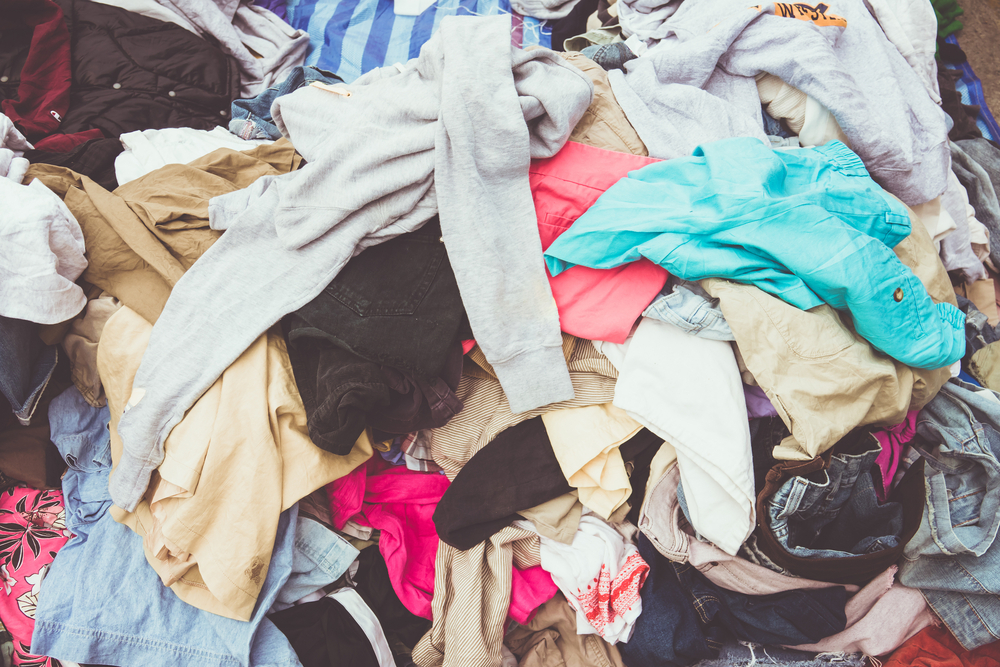If you are into cloth trading or buying, you must know the importance of used clothing in the apparel industry. Not only are they affordable at cost, but they are also useful for several middles to low-income countries. That’s why between 2 to 4 million tonnes of used clothes are sold yearly to the market of these nations!
While it clearly promotes sustainable fashion, you must wonder how this used clothing trade happens. Where do resellers get these second-hand garments from? Is it entirely sourced from the donors, or is there any other source? Let’s learn it all in detail about the used clothing trade:
Import and Export Process of Used Clothing Trade
First, let’s discuss how thrift stores get the items for sale. Although donations are a common source of their stock, there are several other ways for the same. This includes business liquidation, where a debt-laden company stops its operations and sells its assets for cheaper costs to meet its liabilities.
Similarly, some people can donate funds to thrift stores instead of used clothes. The thrift store can utilize the funds to import clothes and sell them to the needy.
Additionally, it’s common for resellers to sell their stocks to the thrift store if they are new (or low in stock) to the used clothing industry. So that’s pretty much how thrift stores stock up their inventory.
Now, coming to the export process. The second-hand export company sorts, collects and grades the items for distribution. Mostly, they are judged as per their condition. If the cloth seems stain-free and brand-new, they are graded as A. Similarly, they might be graded lower if they have any flaws.
As the grade gets lower, the clothes price reduces too. Grade A clothes are sold at a higher cost as compared to other grades.
Once the apparel is graded, they are shipped by the exporters to different countries. Countries that are the main exporters of used clothing apparel include the USA, UK, Germany, China, and South Korea. Likewise, Malaysia, Russia, and India are leading importers of such apparel.
Africa has one of the largest markets for used clothing, with about 80% of people wearing imported second-hand apparel.
Note that some export sources may target a particular import market for selling. The US traders, for example, target South America and the UK targets the Eastern Europe/Africa used clothing markets.
Recycled and Unsold Clothes
Now you must be wondering what happens to the clothes that are graded low? Are they sold too? Well, if the condition of the cloth is really bad, they are listed as unfit for selling. They are then repurposed into products like rags or recycled into fabric/material for reprocessing.
But, if the cloth is in its absolute worst condition, it might not be considered fit for recycling too. Such apparel is sent to landfill sites where waste is buried for disposal.
Is Thrift Store Similar to Consignment Store?
Not at all! Thrift stores are shops/stores that sell second-hand items to raise funds for a church or charity. On the other hand, consignment stores are known for selling second-hand items on behalf of their real owner. For each item they sell, the owner gets a percentage of the selling price.
So, both their objectives are different. Also, thrift stores aren’t selective with the items that they receive. Anyone can sell their reused clothes to the store, and they sell them further to the needful. But consignment stores are a bit picky, and they sort the items as per the brand, trends, and clothing condition.
What are the Benefits of Global Used Clothing Trading?
Whether thrift stores or consignment stores, one cannot deny that the global used clothing trade has several benefits. It keeps the environment healthy by ensuring fewer carbon emissions, reducing unnecessary waste, and saving water. Besides that, used clothing is useful because:
- The second-hand market reduces the need for producing new items, which means they help save resources.
- Used clothing initiates a new trade environment with job opportunities and reasonable clothing for people.
- Used clothing trade extends a garment’s life cycle and reduces fast fashion demand.
- The global used clothing trade supports a good cause by helping members of different communities.
- It doesn’t promote exploitative working conditions and keep people in style (especially with those vintage looks!).
- For some people, second-hand garments can be an opportunity to discover luxury brands.
- Used clothing trading reduces the demand for slavelabor/sweatshops and ensures a fairer world for all.
Global Used Clothing Trade: What the Future Holds?
The good thing about the global used clothing trade is that people understand its value, which is why it’s expanding globally. Last year, the global market value for second-hand apparel cost around 96 billion US dollars. This value will likely double up in the near future (by 2025) and may become 218 billion dollars by 2026. If you are looking to export second-hand clothing, visit Samiyatex today.






